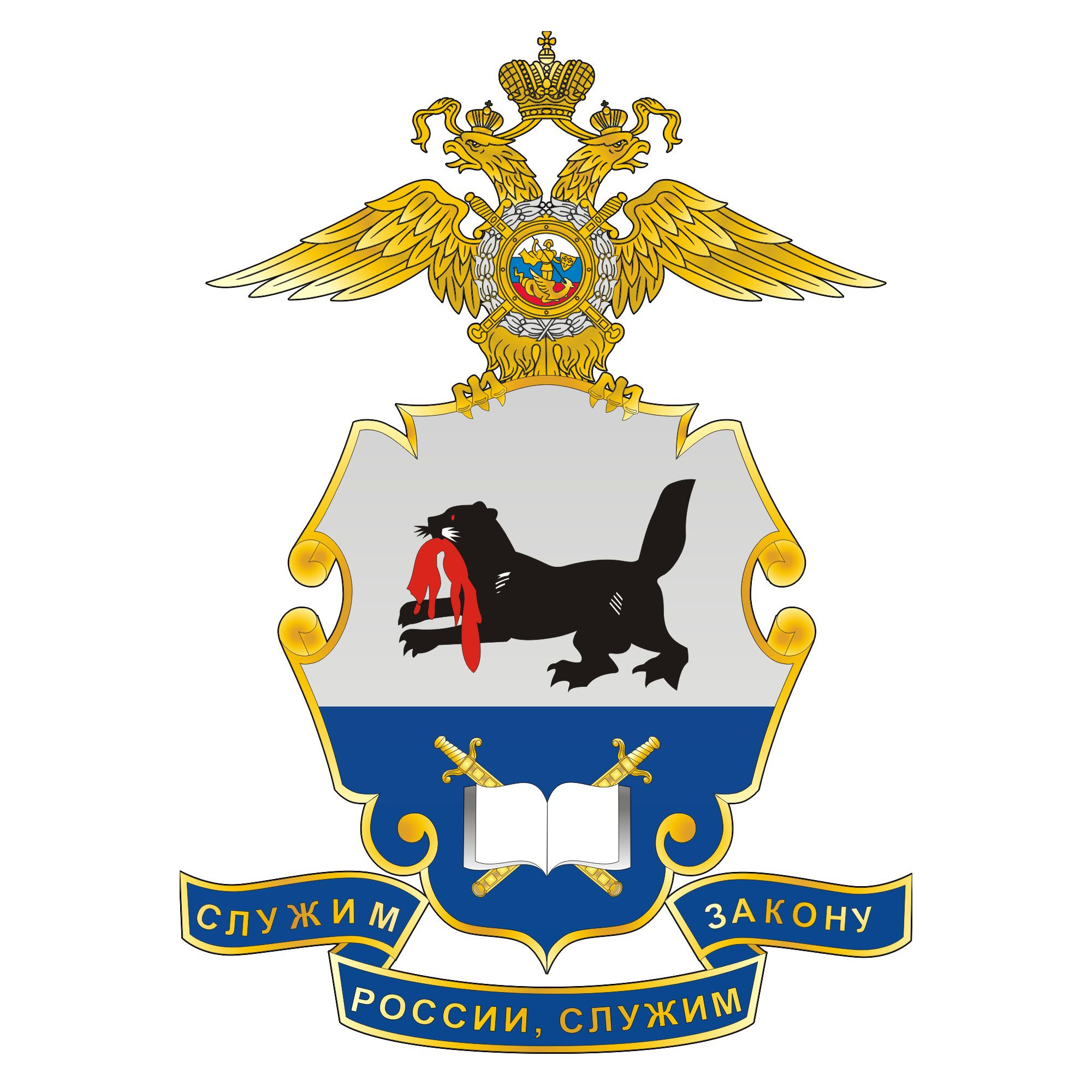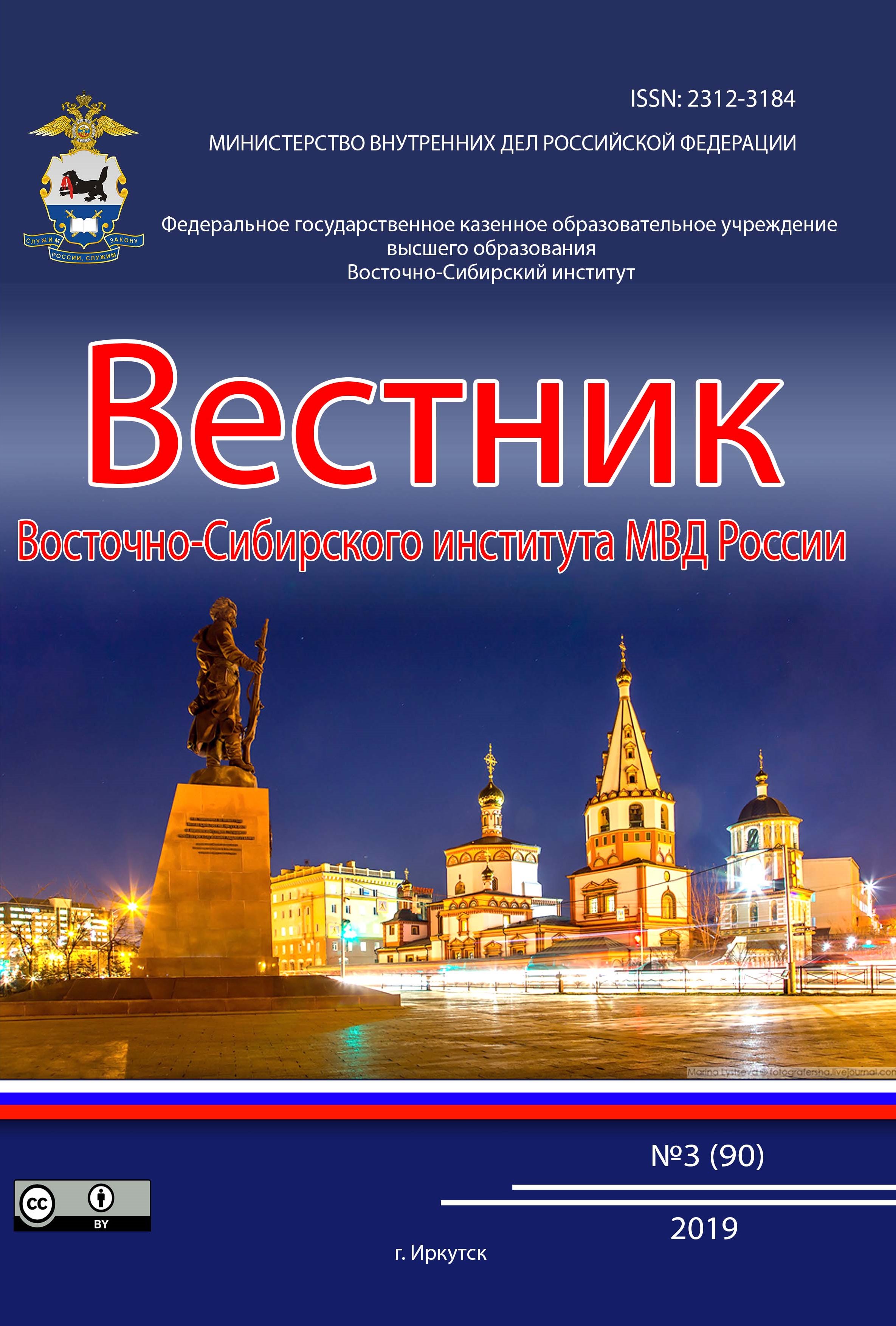Introduction. Due to the initial influence of geographical determinism, a culture of building with wood developed in Russia. Despite the fact that wood is a very flammable material, tradition and a certain isolation from other building cultures restrained the transition to more fire-safe building materials. The article explores the awareness of the authorities and the population of this problem and the adoption of legislative measures both in the field of construction and the punishment of arson. The history of the formation of the state structure for fire safety and firefighting is considered. Attention is drawn to such an element that hindered the fight against fires as religious syndrome. Materials and Methods.The methods of scientific cognition used in the work: dialectical, hermeneutics, determinism, comparative-historical, historical-typological, historical-systemic, formal-legal, as well as the principles of historicism, objectivity. The Results of the Study. The article analyses both objective and subjective factors of a great number of fires in Russia, which affected its development and permanent elimination of these reasons. One of the established mental reasons the author sees in the presence of forests delivered to peoples of Russia-Russia, which became the main source of erection of all constructions of Russo-Slavs, from dwelling houses to pavements. The forest in Russia, in the author's opinion, was a natural free resource, and even with huge potentialities, which were expressed in significant socio-economic functions, the main of which was construction, which became the main quality of life support. The special attachment of the population to wooden construction consisted in its availability, ease and speed of erection, etc. Findings and Conclusions. So, as historical experience shows, despite the fact that Russia burned a lot and the damage from fires could be comparable to the consequences of wars, nevertheless, fighting fires for a long period of time in Russia was not conducted effectively enough. The objective reason for this was the availability of huge reserves of timber as a building material for the construction of houses and structures. Despite the increased burning, free material has been the mainstay in the construction of towns and villages for many centuries. The inhabitants were, as it were, hostages of this mode of production and unwitting accomplices of fires. The second feature that hindered the intensification of fire fighting was a fairly loyal attitude towards arsonists, whose death penalty would appear only in the Judicial Code of 1497. The third factor that influenced the high burning rate is that the first fire fighting organization was established only in 1505, and before that, to a large extent, this struggle was the lot of the residents themselves
Fires. The culture of construction. Construction and fire regulations. The formation of the fire extinguishing structure. Religious prejudices.
1. Petukhov Yu. D. Istoriya drevnih rusov [History of ancient Rus]. Moscow, 2009, 464 p.
2. Pyne S. J. Fire: A Brief History Series: Weyerhaeuser Environmental Books – Publisher: University of Washington Press, 2001, 224 p.
3. Vasiliev L. S. Istoriya Vostoka. Tom I-II [The History of the East. Volume I-II]. Moscow, 1994, 568 p.
4. Turaev B. A. Istoriya Drevnego Vostoka [The History of the Ancient East]. Moscow, 2004, 752 p.
5. Klyuchevsky V. O. Russkaya istoriya. Polnyj kurs lekcij. V tryoh knigah. Kniga pervaya [Russian History. A full course of lectures. In three books. The first book]. Rostov n/A, 1998, 608 p.
6. Ostrovsky E. V. Istoriya filosofii nauki [History of philosophy of science]. Moscow, 2013, 328 p.
7. Chernykh V. V. Istoriya pozharnogo dela Rossii. CH.1. S drevnejshih vremyon do konca XVIII veka [History of fire fighting in Russia. Part 1. From ancient times to the end of the XVIII century]. Irkutsk, 2003, 203 p.
8. Chernykh V. V. Istoriya bor'by s ognyom v Rossii [The history of fire fighting in Russia].Irkutsk, 2010, 592 p.
9. Savelyev P. S. Pozhary-katastrofy [Fires and catastrophes]. Moscow, 1983, 431 p.
10. Solovyov S. M. Sochineniya. V 18 kn. Kn.1. T.3-4. «Istoriya Rossii s drevnejshih vremyon» [Essays. In 18 books. Books 1. Vol.3-4. "The history of Russia since ancient times"], Moscow, 1993, 768 p.
11. Tereshchenko A. V. Istoriya kul'tury russkogo naroda [History of culture of the Russian people]. Moscow, 2007, 736 p.
12. Chekhov A. P. Istoricheskij ocherk pozharnogo dela v Rossii [Historical outline of fire fighting in Russia]. St. Petersburg, 1892, 196 p.
13. Shchablov N. N. Pylayushchaya Rus' [Flaming Russia]. St. Petersburg, 1996, 483 p.
14. Maksimov M. V. Nechistaya, nevedomaya i krestnaya sila [The unclean, the unknown and the power of the Cross]. St. Petersburg, 1993, 526 p.
15. Vvedenie k zakonodatel'stvu Drevnej Rusi / Rossijskoe zakonodatel'stvo X–XX vekov. V 9 t. T. 1. Zakonodatel'stvo Drevnej Rusi [Introduction to the legislation of Ancient Russia. Russian legislation of the X–XX centuries. In 9 vols. Vol. 1. The legislation of Ancient Russia]. Moscow, 1984, 432 p.
16. Vladimirsky-Budanov M. F. Obzor istorii russkogo prava [Review of the history of Russian law]. Moscow, 2005, 800 p.
17. Chistyakov O. I. (by Ed.) Sobornoe Ulozhenie 1649 g. Rossijskoe zakonodatel'stvo X–XX vv. V 9 t. – T. 3: Akty Zemskih soborov [The Cathedral Code of 1649. Russian legislation of the X–XX centuries. In 9 volumes – vol. 3: Acts of the Zemsky Sobors]. Moscow, 1985, 511 p.
18. Anuchin D. N. Otkrytie ognya i sposoby ego dobyvaniya [Discovery of fire and methods of its production]. Moscow, 1922, 24 p.
19. Slavyanskaya mifologiya. Enciklopedicheskij slovar' [Slavic mythology. Encyclopedic dictionary]. Moscow, 1995, 416 p.
20. Nikolsky N.M. Istoriya russkoj cerkvi [The History of the Russian Church]. Moscow, 1983, 448 p.
21. Speransky M. M. Obozrenie istoricheskih svedenij o svode zakonov: Sost. iz aktov, hranyashchihsya vo 2 Otdelenii Sobstv. e. i. v. kancelyarii [Review of historical information about the code of laws: Comp. from the acts stored in the 2nd Department of the Proper E. I. V. Chancery]. St. Petersburg, Chancery, 1833, 200 p.











